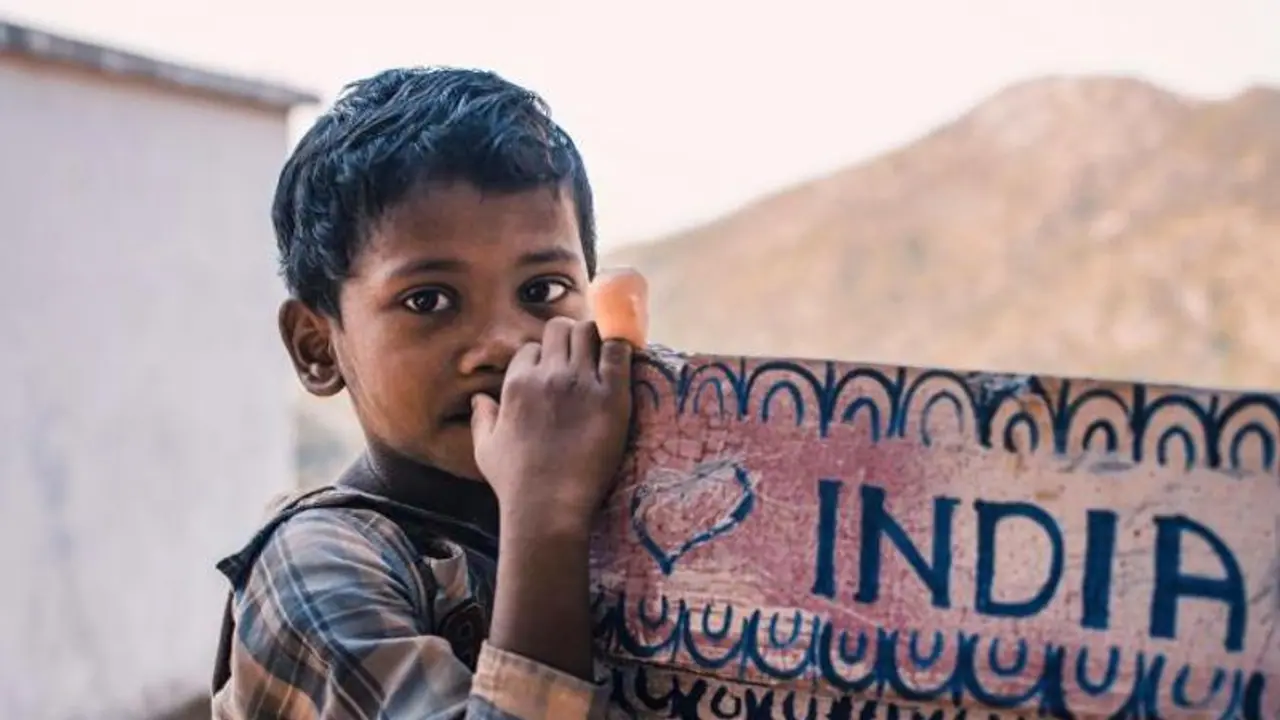India's release of updated consumption expenditure data for the fiscal year 2022-23 signifies a significant milestone, providing the first official survey-based poverty estimates in over a decade. The transition to the Modified Mixed Recall Period (MMRP) method enhances accuracy, revealing insights into India's economic landscape
The unveiling of India's latest consumption expenditure data marks a pivotal moment in evaluating poverty and underscores the nation's progress in economic advancement. Remarkably, experts assert that India has successfully eradicated extreme poverty.

In an article penned for the Brookings Institution, Surjit S. Bhalla, former IMF Executive Director, and Karan Bhasin, Graduate Assistant at the University at Albany, advocate for India's transition to a higher poverty line. Such a move, they argue, presents an auspicious chance to restructure current social protection initiatives, thereby offering enhanced assistance to those genuinely in need.
The consumption expenditure data for the fiscal year 2022-23 marks a significant milestone as it presents the first official survey-based poverty estimates in over a decade. The absence of updated data has previously cast uncertainty over global poverty metrics, with the last official survey conducted in 2011-12.
The latest data release comes with a notable methodological shift. India, which previously utilized the Uniform Recall Period (URP) method for estimating consumption expenditures, has transitioned to the more precise Modified Mixed Recall Period (MMRP) method beginning with the 2022-23 survey. This move aligns India's methodology with international standards, enhancing the accuracy of poverty assessments.
Comparative poverty estimates spanning from 1977-78 to 2011-12 under the URP method and from 2011-12 to 2022-23 under the MMRP method reveal compelling insights into India's economic landscape, particularly regarding growth, inequality, and poverty alleviation.
Key Findings
1. Growth: The data indicate a real per capita consumption growth rate of 2.9% per annum since 2011-12, with rural areas experiencing notably higher growth at 3.1% per annum compared to urban areas at 2.6%.
2. Inequality: Both urban and rural areas have witnessed an unprecedented decline in inequality. The urban Gini coefficient decreased from 36.7 to 31.9, while the rural Gini coefficient dropped from 28.7 to 27.0. This decline, coupled with robust per capita growth, marks a significant departure in inequality trends and warrants further investigation.
3. Poverty: The combination of high economic growth and reduced inequality has led to the elimination of poverty in India at the purchasing power parity (PPP) $1.9 poverty line. The Headcount Poverty Ratio (HCR) for this threshold plummeted from 12.2% in 2011-12 to a mere 2% in 2022-23, representing a remarkable annual decline of 0.93 percentage points. Rural poverty rates stood at 2.5%, while urban poverty dropped to 1%. Similarly, at the PPP$ 3.2 poverty line, the HCR decreased from 53.6% to 20.8%, indicating substantial progress in poverty alleviation efforts.
The official data challenges previous estimates by international institutions, particularly the World Bank, which relied on alternative data sources. India's confirmed elimination of extreme poverty underscores its positive trajectory and raises questions about the adequacy of current poverty thresholds. The transition to a higher poverty line presents an opportunity to recalibrate social protection programs to better target the most vulnerable segments of society.
